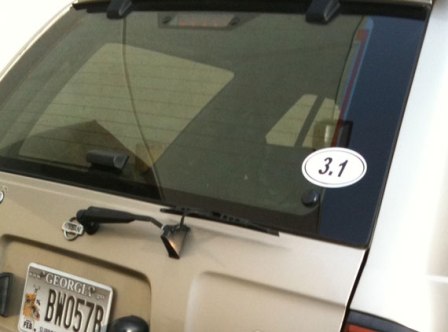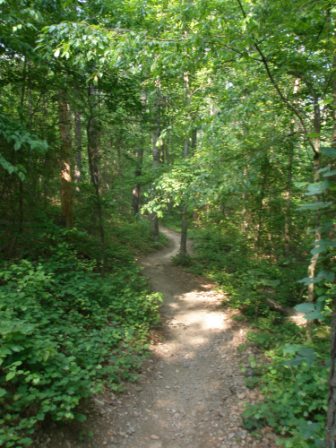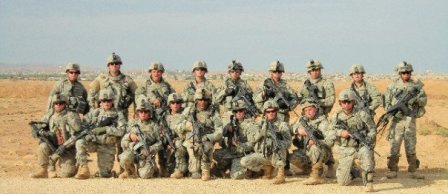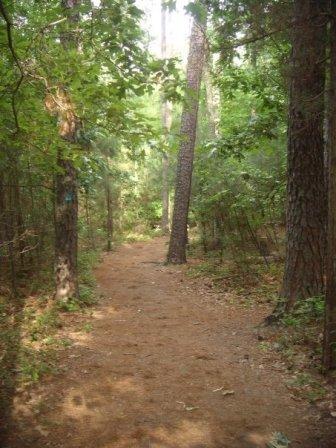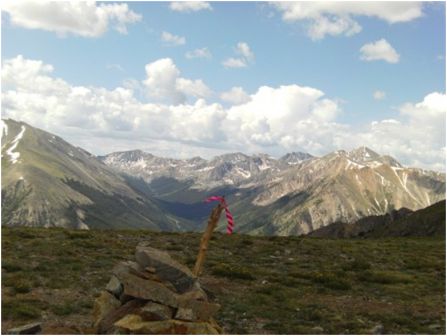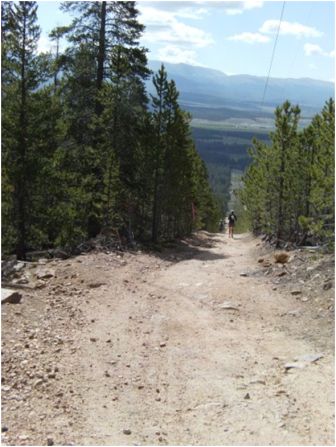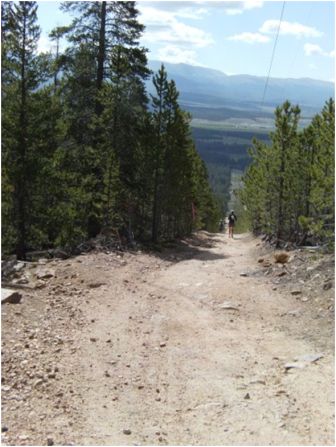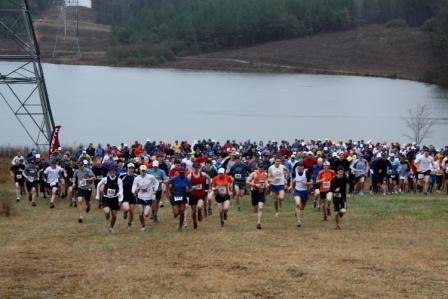Outdoor Retailer 2010 and the Minimalist Trail Running Movement
Friday, August 13th, 2010 I went to the Outdoor Retailer conference last week and had a blast checking out all the new trail running gear and shoes companies were boasting for their Spring 2011 product lines. I’ll be sharing the cool new products I checked out with you during the next couple of weeks so stay tuned if you’re into that sort of thing. The bounce back in business from 2009 could be felt across the show with huge displays and excited retailers. There were a lot of great new innovations. I was amazed to see how much outdoor retailers are constantly changing their product lines to fit consumers needs. I also didn’t know companies started selling and promoting their new products so soon will many set to be released in the Spring of 2011. I guess that’s why the big trail running news from the conference is the minimalist movement. A bit late to the party I would say, but every company from New Balance to Terra Plana were presenting their new minimalist trail running shoes. And so the movement moves on.
I went to the Outdoor Retailer conference last week and had a blast checking out all the new trail running gear and shoes companies were boasting for their Spring 2011 product lines. I’ll be sharing the cool new products I checked out with you during the next couple of weeks so stay tuned if you’re into that sort of thing. The bounce back in business from 2009 could be felt across the show with huge displays and excited retailers. There were a lot of great new innovations. I was amazed to see how much outdoor retailers are constantly changing their product lines to fit consumers needs. I also didn’t know companies started selling and promoting their new products so soon will many set to be released in the Spring of 2011. I guess that’s why the big trail running news from the conference is the minimalist movement. A bit late to the party I would say, but every company from New Balance to Terra Plana were presenting their new minimalist trail running shoes. And so the movement moves on.
I learned a lot about minimalist running while I was there. A quick recap of what the minimalist running movement is all about. It really took off after Christopher McDougall’s book Born to Run where he followed the Tarahumara Indians to learn how they are able to run for such long distances without injury. The theory is that human beings are made to run long distances in order to outlast the prey they hunt. Now we just drive to the store. Humans are made to run landing on their toes first and absorbing their weight in the ankles and foot. Overtime running shoes have been developed with extra cushioning in the heel which has lead runners to begin running by striking our heels first. This heel strike leads to a longer stride which results in more lateral movement of the legs throughout the stride, much of which is absorbed by the knees. Running shoe companies have been taking notice and are now releasing more minimalist trail running shoes to keep up with the demand for minimalist trail running shoes.
However, no one really knows what the long-term effects of this young movement will be. Are we just trading absorbing impact from one area of the body to another? When running in minimalist shoes runners must shorten their stride which could be the reason for the decrease in injuries and not necessarily the shoes. The shorter stride also may decrease your speed. As one prominent ultra runner told me at the conference, “I’ve never seen anyone win an ultra wearing minimalist shoes. I don’t buy it.” Yeah, because you don’t buy any of your trail running shoes, you have a sponsor.
I have had a severe knee injury for the past year and have held off of surgery in hopes of a less intrusive cure. So I’m going to put minimalist running to the test. I am going to train for a half marathon, because it incorporates both speed and distance running, to see if I can run the same time as my last half marathon, 1:24, but in minimalist shoes.
Next I’ll share what I learned from Lee Saxby of Terra Plana vivobarefoot who also helped Chris McDougall run injury free.



